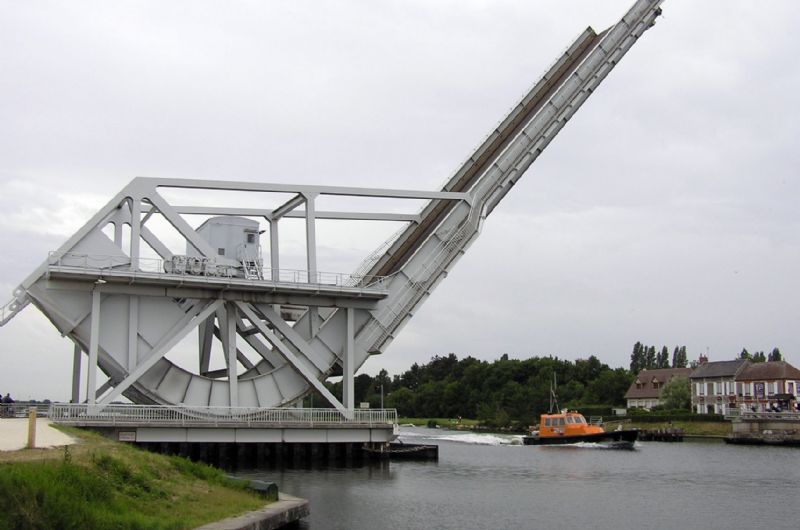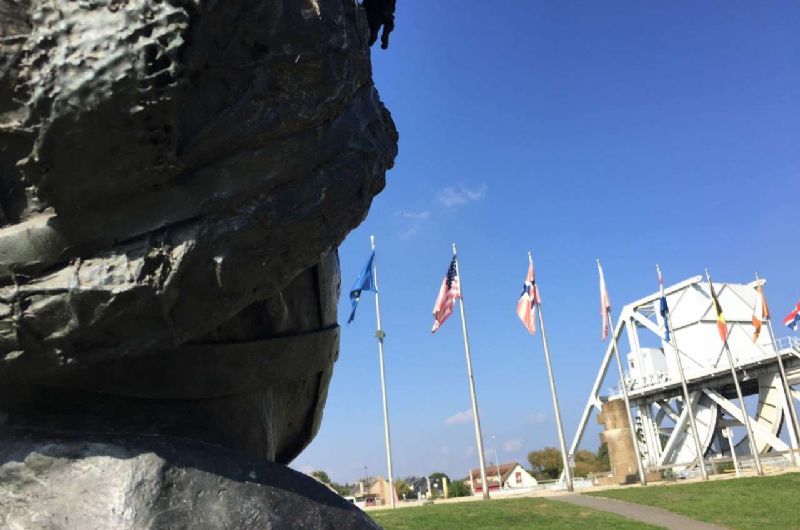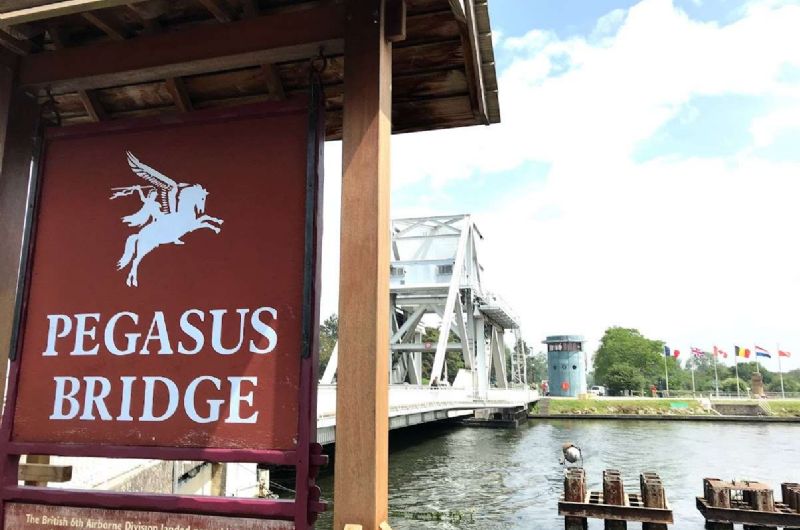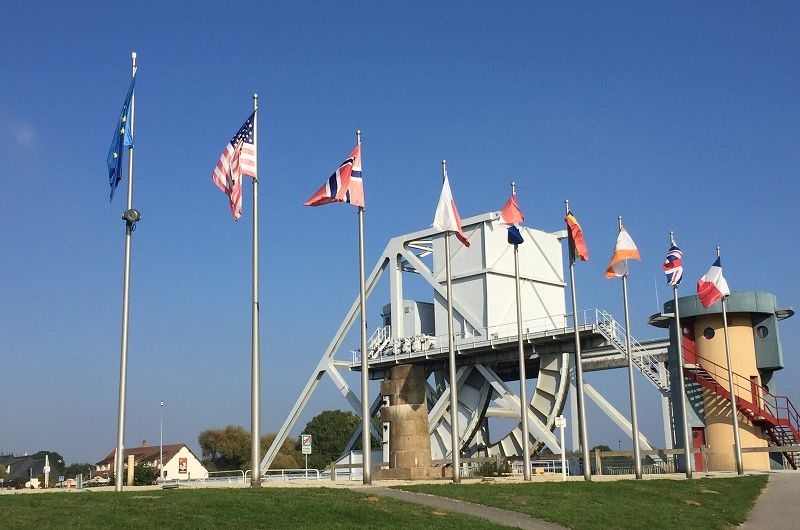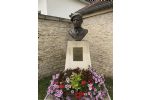Pegasus Bridge
- 16
- See on map
Pegasus Bridge(pont Pégase) is the name given to the Bénouville bridge after the operations of June 6 1944, during the Second World War, in honor of the British paratroopers, whose emblem was the winged horse Pegasus.
This is a Scherzer-type bascule bridge. Originally built in 1935, the original was replaced by a similar but longer bridge in 1994. The old bridge, which had already been lengthened and its floor removed, can still be seen at the Pegasus Memorial Museum in Ranville, between the canal and the Orne. It owes its nickname to a commando of the 6th Airborne Division (British 6th Airborne Division) who bore the name and emblem of the Pegasus and were responsible for its capture under the orders of major John Howard on the night of June 5-6, 1944, insofar as it represented a strategic objective : destroyed, it would have isolated and deprived of supplies the British airborne division parachuted east of the D-Day beaches; remaining in German hands, it would have enabled them to launch a tank counter-attack towards the beaches.
Before the operation, John Howard trained his men on a full-scale English terrain, with white stripes to represent the Orne, the canal and several bridges. The soldiers were transported by three Horsa gliders (which was silent and saved time on landing, unlike parachutists who had to gather themselves once on the ground) and took off from England at 11:00 pm on June 5, 1944.
Jim Wallwork, pilot of the first glider carrying Major John Howard, managed to land at 00:16 on June 6, 1944, 47 meters from the bridge and unnoticed by the German soldiers guarding the bridge. The other two gliders followed and landed close to the first at 00:17 and 00:18 respectively.
Three other gliders carried another commando which was to take the second bridge over the Orne. Each glider carried around thirty men. During this operation, Herbert Denham Brotheridge, was the first Allied soldier killed in action on D-Day and fourteen were wounded. These were the first Allied soldiers from the Normandy landings to set foot on French soil.
Piper Bill Millin took part in the capture of the bridge, armed only with his Scottish bagpipes, among the reinforcements landed at Sword Beach. Allied soldiers are said to have crossed the bridge to the sound of his instrument shortly after 12 p.m., the fire between British and German soldiers ceasing, then resuming as he passed to the sound of Blue bonnets over the border.
This episode, thus immortalized by the film The Longest Day, is not actually confirmed by Bill Millin, who is said to have barely had time to start playing at the end of the crossing. It's the Euston Bridge straddling the Orne, two hundred meters further on, that would have been crossed to the sound of his bagpipes. The Café Gondrée, located 20 m from the Pegasus Bridge where Thérèse and Georges Gondrée were staying, was the first house in mainland France to be liberated.
This café has been listed as a historic monument since 1987 (then 1993). The plaque commemorating the authenticity of this event was unveiled in June 1954. However, historian Norbert Hugedé, in his book dedicated to Operation Deadstick, asserts that it was the house opposite, belonging to Louis Picot, that was first controlled during the fighting. The Gondrée house would not have opened its doors to Allied soldiers until the early hours of D-Day. Source Wikipedia



